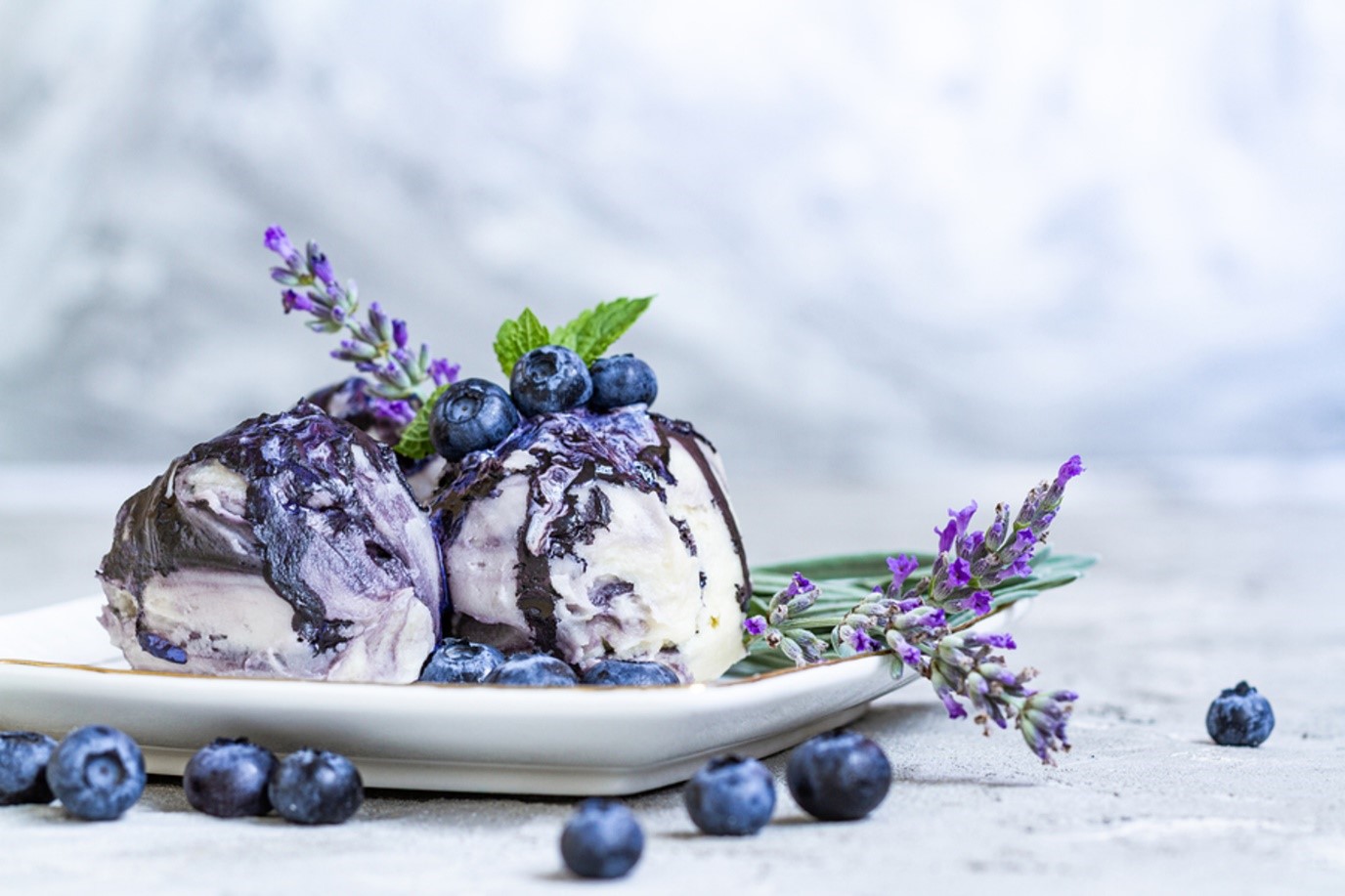Trend in Florals
Floral flavors are being rediscovered around the world. According to Mintel, global launches of foods with floral flavors increased 40 percent between 2014 and 2019.1From Prince Harry and Meghan Markle’s lemon elderflower wedding cake to Starbucks’ Sakuraful Frappuccino in Japan (Sakura is the cherry blossom in Japanese), floral flavors are also getting their share of media attention.
While many flowers are known for their beauty and aroma, only a small set is typically used in foods and beverages. The most popular floral flavors include:
- Lavender
- Rose
- Hibiscus
- Jasmine
- Violet
- Elderflower
- Chamomile
- Chrysanthemum
- Orange blossom
- Cherry blossom
Favorite Floral Flavors Around the World
The use of floral essences and extracts dates back to ancient times and was important in early Greek and Chinese cultures, particularly for perfume-making and herbal medicine. Today, cultures often have their favorite floral, which can be used as a fragrance as well as in cooking.
France is known for its culinary use of lavender in both sweet and savory dishes, especially as a part of herbes de Provence. Japan celebrates the blooming of its cherry blossoms each spring by producing a variety of cherry blossom beverages and foods, including teas and desserts like mochi and yokan.
Rosewater is popular in India for yogurt lassi and sweet treats such as peda and laddu, while orange blossom water is favored in Morocco for chicken bastilla and Moroccan rice pudding. Middle Eastern desserts like Turkish delight and baklava can feature either rose or orange blossom water.
How the Food Industry Is Embracing Floral Flavors
Manufacturers and restaurants are increasingly reaching for florals to add sophistication and excitement to their offering. Exotic, fragrant, floral flavors stand out as something special and distinguish products on the shelf. In addition, some florals impart a vibrant color (such as the deep red of hibiscus tea), while others may have health benefit associations (such as lavender, which is often perceived as contributing to relaxation).

